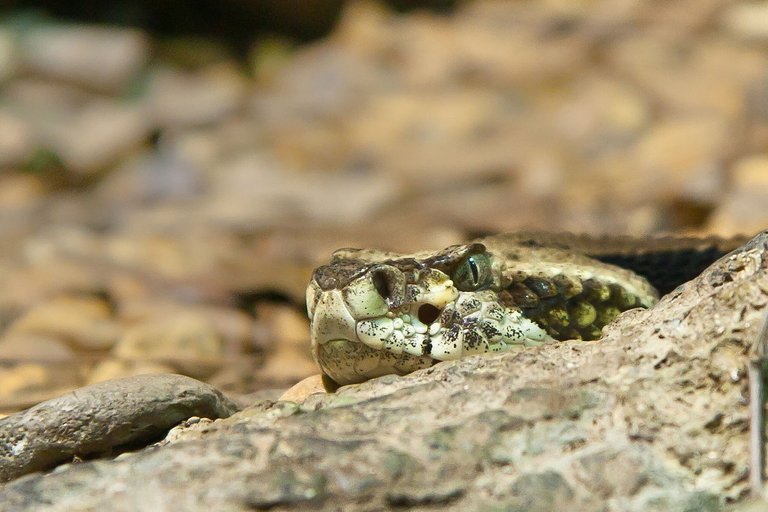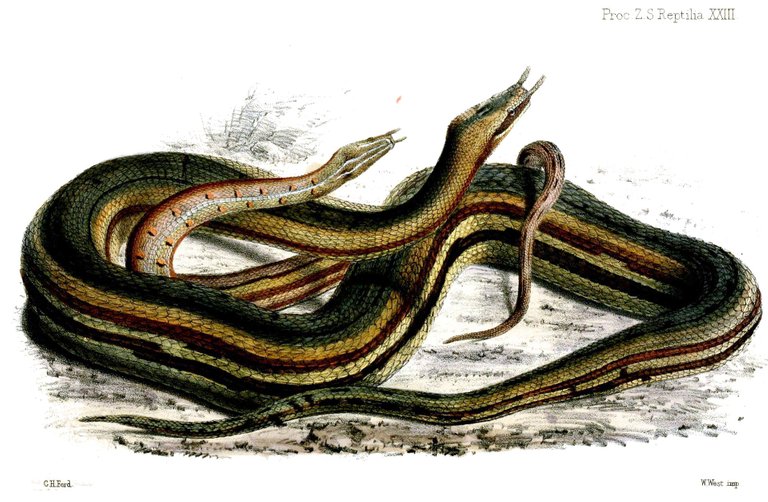Unique Hunting Behaviour in the Animal Kingdom
Every ecosystem is filled with different kinds of living organisms with varying nutritional habits. However, the food chain or food web of all ecosystems follows similar patterns. The producers form the bases while the primary consumer's survival depends solely on the producers. Secondary consumers feed primarily on the primary consumers, but in some cases, secondary consumers can feed on the primary producers as well. The latter group is known as omnivorous animals. Other categories of organisms such as the tertiary and the quaternary consumers depend primarily on the group below them and can secondarily feed on those that are not below them.
Beyond the producers and the primary consumers, organisms at higher trophic levels are predators and potential hunters. In most cases, the predators at lower trophic levels themselves serve as prey to predators at the higher trophic level. At the highest level which is the quaternary consumers, the organisms are known as super predators and even these often serve as prey for humans - hunters. While some super-predators are dangerous to humans, the intelligence of humans is such that no animal is too dangerous or too big to be killed.
Animal predators have to devise ways to kill their prey, otherwise, they will die starving. The preys, on the other hand, also have to find a way to escape predators, otherwise, their species will go to extinction. Hence it is a chicken and egg situation. This has made some predators devise really unique, in the human sense, ways of going about hunting for food. A few of the most unique ways are discussed below:
The American Woodcock
Scientifically known as Scolopax minor and with a wide variety of common names ranging from timberdoodle, the bogsucker, to hokumpoke. It is a species of small bird native to North America and feeds primarily by preying on earthworms. One might say there is no special skill for preying on worms in the soil beyond just digging up soils and pecking on them. However, the American Woodcock is known to walk like in the gif below:

Such walking swag has been hypothesized to send vibrations into the soil and drive out earthworms wherever they are hiding. Thus, instead of having to dig the ground in search of food, they detect the movement of the earthworms in the soil and just peck on them using their beaks. More about the bird species can be found here.
Crotaline Snakes
This is a group of snakes that inspired the movie 'predator' which features Arnold Schwarzenegger leading a military operation to rescue some hostages in a forest but only to encounter an alien predator who started hunting them down one after the other using a heat-sensing laser located on his head.
Crotaline snakes are commonly known as pit vipers and represent a group of very deadly snakes that are nocturnal in nature. For successful hunting at night, pit vipers are equipped with heat-sensing pits at different regions on their heads and with these, they are able to sense any warm-blooded prey in the darkest of the forest.

To fully understand how crotaline snakes make use of these heat-sensing pits to hunt, below is a Youtube documentary by BBC for your viewing pleasure:
The Tentacle Water Snake
Scientifically known as Erpeton tentaculatum, it is the only known snake species with two tentacles on its head. The snake species lives its entire life in water. Thus, its food is limited to fish. We all know how fast fishes can swim and evade predators once they detect vibrations in water using their lateral lines. Fishes respond to dangers by swimming as fast as possible in the opposite direction to the danger stimuli.
What makes the preying strategy of the tentacle water snake unique is that it positions itself such that its tail is one side of its potential prey and its head on the other side. By flicking its tail, the prey will expectedly move away from the tail and towards the head. By doing so, the tentacle water snake grabs the fish in between its jaw and feast accordingly.

There are several other animal predators with a really unique preying habit, but for the purpose of this blog, I have decided to limit it to the 3 above. The 3 might not be the most unique as this can be subjective from individual to individual, but they are different from the usual chase down and grab style of most predators.
Feel free to add yours below.
Thank you all for reading.
The last one is particularly interesting. I really imagine what this snake does to get food!
PS: why has this post been muted by moderators?
I'm certain it has nothing to do with the post itself. Probably based on the Admin's opinion of my person.
Oh I see...
I wonder too
How amazing animals are. I keep wondering how even spiders feed. How they stay for a long time creating cobwebs amidst dry room,yet they are still alive.
The more you kill them, the more they reproduce.
The walking gait of the woodpecker got me giggling. Lol
This unjustified almost made me not enjoy this article to the fullest. Regardless, the Links are still accessible.
People are free to do whatever they want with heir community. If anything, I know I've got t stay away from the community henceforth.
Thanks for your contribution to the STEMsocial community. Feel free to join us on discord to get to know the rest of us!
Please consider delegating to the @stemsocial account (85% of the curation rewards are returned).
You may also include @stemsocial as a beneficiary of the rewards of this post to get a stronger support.